Ewan Brown is Managing Director of Tennent Brown, an award-winning architectural practice with projects that range across residential and commercial sectors including education, social housing, sports, and buildings centred on sustainability and Te Ao Māori.
Ewan is responsible for leading the office on all VUW and tertiary projects — which have numbered over 150 since 2003. He has a passion for sustainability and is currently working solely on Te Ao Māori projects aiming to meet Living Building Challenge requirements.
We talked to Ewan about his work, what the industry is doing well and the challenges we face as we look to the future.
What do you think is working well within the industry?
Bringing Māori Tikanga narratives to projects has really evolved and improved over the last few years, working alongside and with our Māori clients to integrate Tikanga into their projects. Sustainability has an affinity with kaitiakitanga [the customary Māori approach towards stewardship of the land], and working with Tuhoe in Te Urewera has helped us connect with the Living Building approach. Through the Living Building Challenge, we are really pushing boundaries — getting collaboration not only from our design team, clients and consultants, but also working with suppliers and contractors to find new ways of working with the focus being on the big picture outcome for the client. That’s an exciting change.
And what isn’t working so well?
Everyone has been under pressure over the last couple of years between Covid and the industry being so busy and dealing with a lack of resources and staff. I don’t think people have had enough of a mental break. My hope for the next couple of years is that everyone — architects, consultants, contractors and clients — will be able to get that mental rest.
Collaboration can also be an issue where that collaboration reverts back to an old-school, competitive process which gets in the way of better solutions. To do a project like Living Building Challenge, you need excellent collaboration, it can’t be oppositional, aggressive or have friction. Every team member needs to be putting in the effort, pushing and learning. For me, getting collaboration in our design team, working with contractors and finding a new way of working where everyone is focussed on the big picture of a highly sustainable outcome for the client has been really exciting.
What opportunities are there for the industry to innovate?
We have to keep innovating, particularly for climate change goals. There are answers and solutions that just aren’t there yet, so rapid innovation over the next decade is critical. Climate scientists say that with a 1.5 degree global temperature increase half the coral in the world will die, and with 2 degrees all the coral will die, so we need to make sure everyone does their best in this next decade to drive down the embodied and operational carbon of buildings.
What’s the biggest challenge the industry will face over the next 5 years?
Some of the biggest issues are the supply chain — which is supposedly getting better, and cost increases that are putting a lot of pressure on the industry, but that’s more to do with the state of the economy and the cycles it runs through. I think the bigger challenges are much more global.
The biggest issue affecting the industry is carbon — and there’s still a lot of work to do in pushing into the carbon space and growing carbon literacy for all in the industry. There’s a lot to learn and understand, and it’s difficult to make it simple, but it’s important as New Zealand is committed to 2050 carbon neutrality.
Carbon will start to be counted in all buildings within two years, and included as part of the building consent process, and the industry isn’t well prepared. Globally 28% of all operational and 9% of all embodied greenhouse gas emissions are from buildings, so the construction industry really does need to make significant and ongoing changes starting immediately. There is a whole series of things we need to do to reduce carbon: we have to reduce waste, carbon analysis will be important, and so will decarbonising our energy systems.
What do you think suppliers need to focus on to better support the industry?
As soon as the building process includes carbon, every supplier will be asked ‘what’s your carbon data?’. Suppliers need to be getting LCA’s (life cycle assessments) on their products — they can use tools or consultants like ToiTu, eTool and One Click LCA to do this. EPDs (environmental product declarations) are also important — if a supplier has an EPD and their carbon footprint information is low, then I’ll likely specify that product.
And then recycling, upcycling and take back schemes are going to become more important. As an example, Saveboard takes packaging waste products and makes it into a wall lining. This diverts materials from the waste stream, upcycles, starts to create a circular economy, and creates a product for sale that has a much better carbon footprint. These sorts of products will fly off the shelves as NZ pivots to low carbon design.











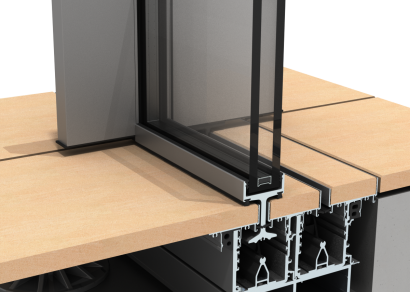


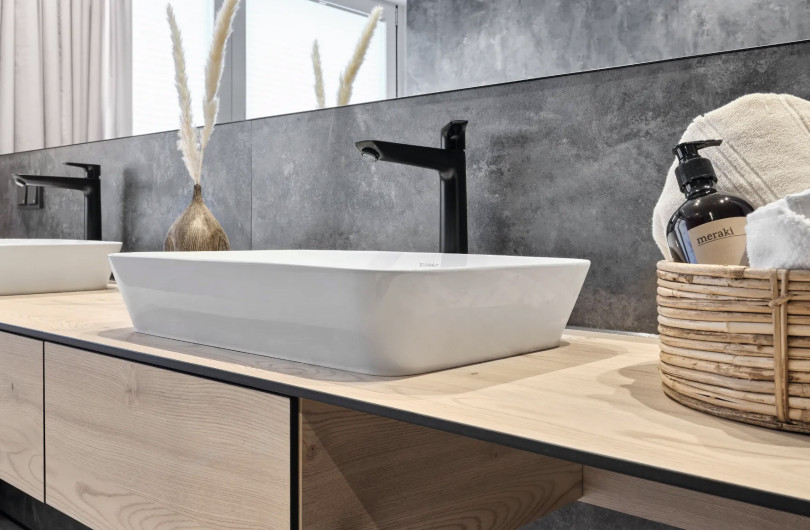
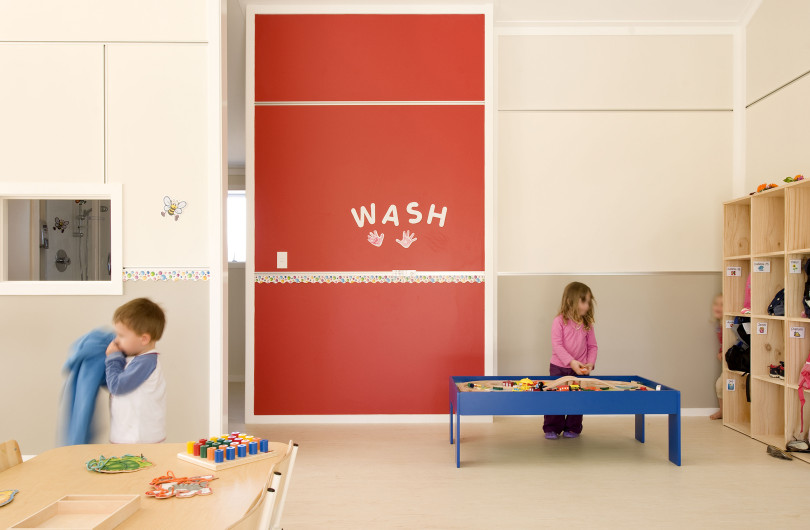



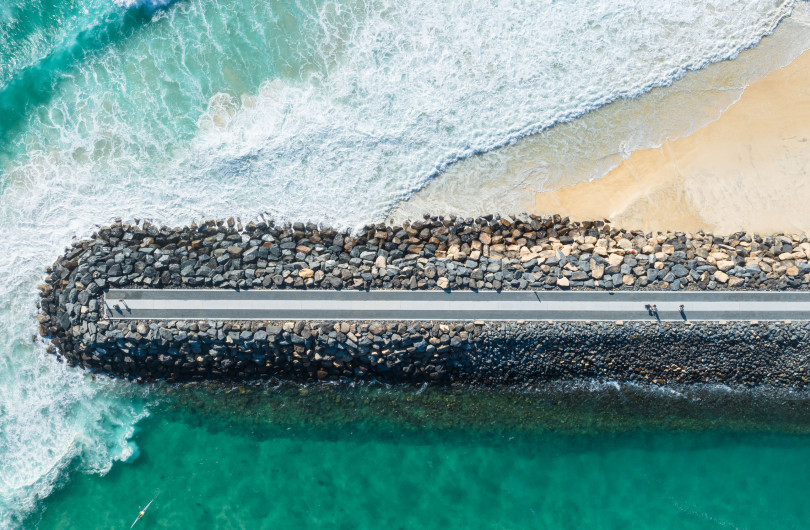



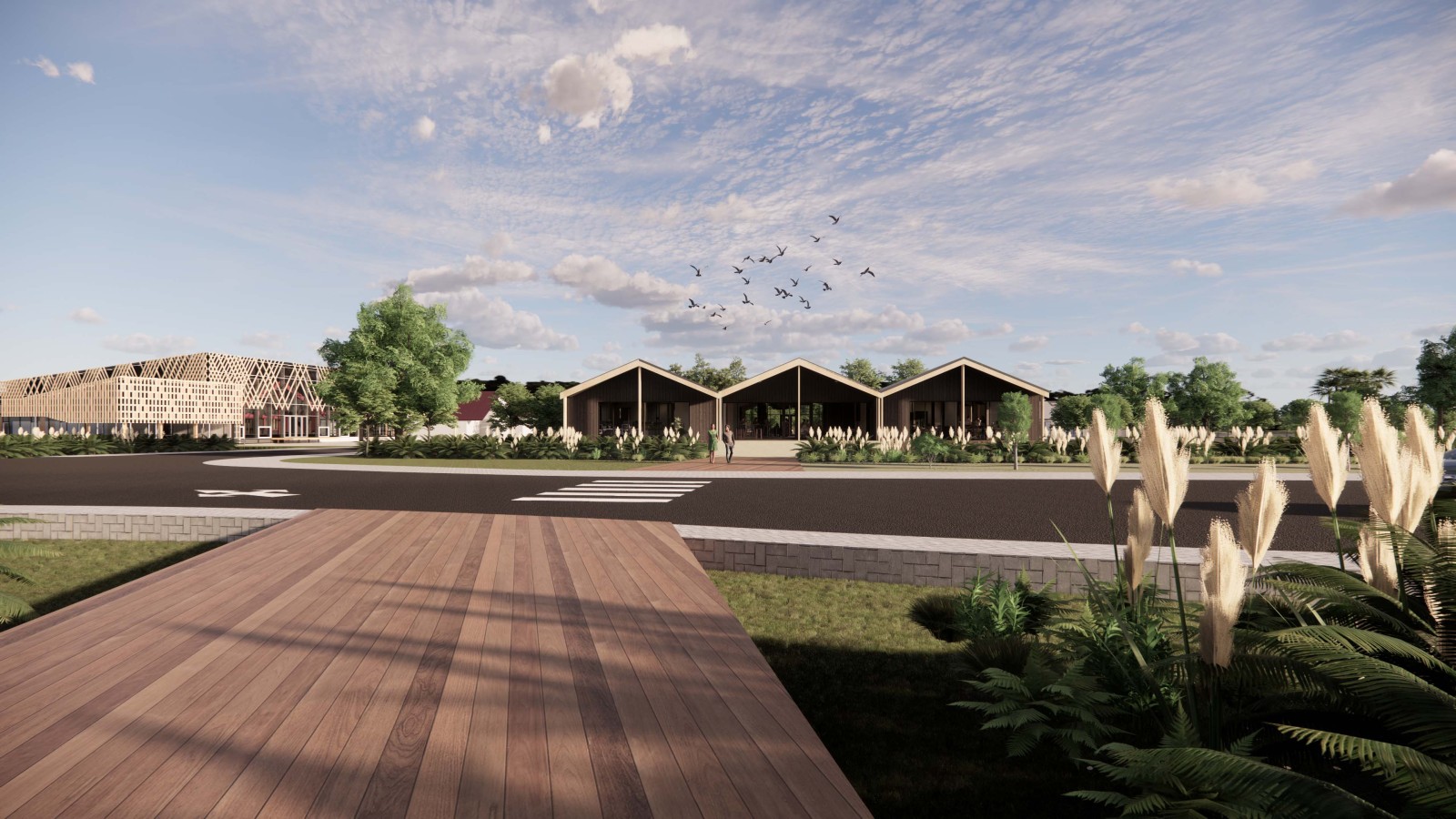



 Most Popular
Most Popular Popular Products
Popular Products



